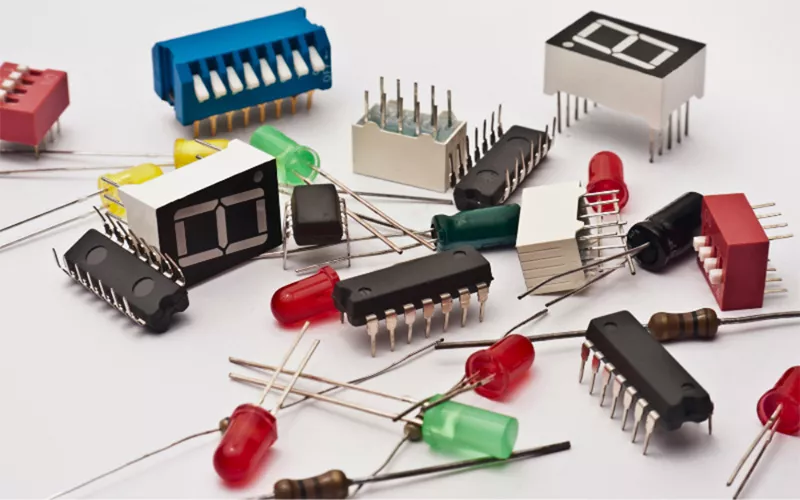
Ceramics have always been part of the human innovation-story, starting with the production of ancient pottery, and continuing with the most advanced technology. Today, ceramic materials, especially advanced ones are not just a historic artifact, they are the ones that are propelling development in many contemporary applications. These are known to be highly strong, resistant to heat and corrosion, lightweight and are excellent insulators of electricity.
Ceramics are present in everything you do, whether preparing meals in your kitchen, using your smartphone, driving your car, or using renewable energy; it is the quiet superhero that is increasing performance, ensuring safety, and enhancing sustainability. This guide discusses how ceramic materials are affecting your daily life and impacting some major industries.
Cookware
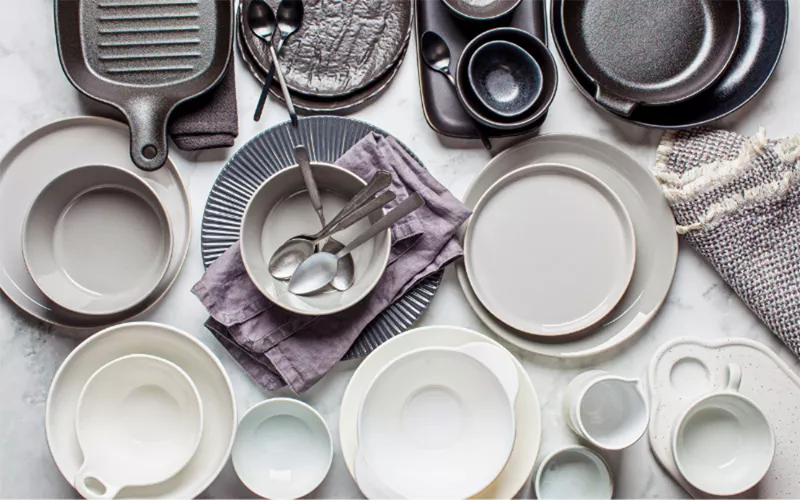
Ceramic cookware offers a safe, efficient and stylish way of cooking your food and a healthier way of life. These non-stick kitchen tools are popular with their uncoated surfaces of naturally non-sticky characteristics with no harmful chemicals like PTFE and PFOA. Heat is evenly distributed in ceramic pans and as a result when cooking; you will realize that hotspots are minimal and you will also learn to avoid burning your food. You can use these products to sauté vegetables in a 10-inch ceramic fry pan, simmer soup in a ceramic saucepan, or simmer a hearty meal in a 12-quart Dutch oven and you are always guaranteed an excellent outcome.
The trusted brands like GreenPan, Caraway, and Le Creuset have cookware sets that are both versatile and beautiful with sleek designs and reduced impact on the environment through the use of environmentally friendly materials. Ceramic cookware also cleans up easily and is frequently dishwasher safe, and this saves you time and energy. The rise in knowledge about healthy cooking is fast, making ceramic cookware the most preferred cookware among home cooks who do not want to sacrifice their health and kitchen beauty.
Home Décor
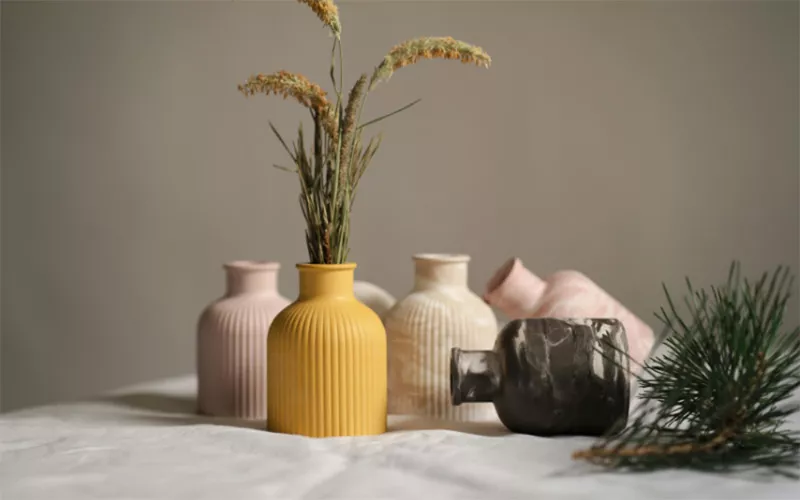
Home decor using ceramic features is one of those rare things that have a good blend of beauty and functionality. Indoors or outdoors, ceramic planters of such dimensions as 12 inches and above enable you to showcase plants in a manner that does not conflict with the style of your home. These planters serve as the decorative focal points on living rooms, patio and balconies. Popular formats of ceramic tiles, like 12 by 24 inches, are utilized regularly in bathrooms, kitchens, and entryways because they are strong and have a beautiful look.
Choose any of the many different layouts, offset, staggered or herringbone, to make your space unique. Ceramics which include handmade vases, figurines, wall decor and sculptures give any room a sense of character and beauty. These pieces have a broad variety of glazes, coloring, and finish to match the traditional, rustic, or modern interior design. When you use ceramic décor, you will enrich your living space with objects that are functional, classic as well as durable to the effects of everyday use.
Building and Design
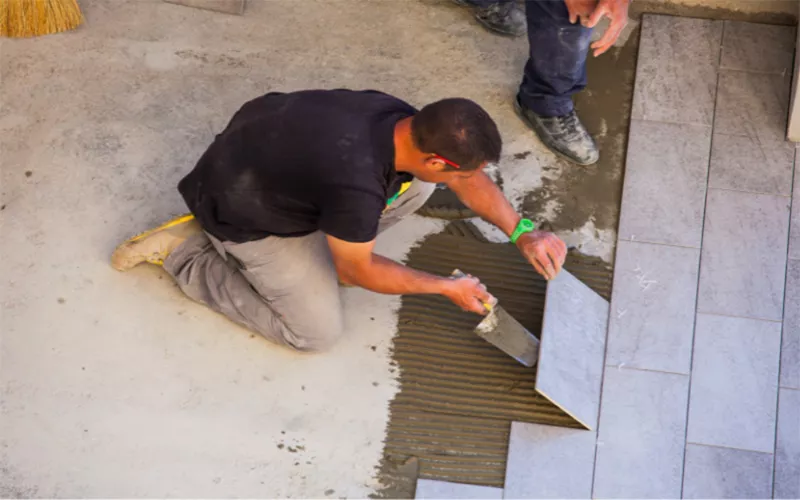
The durability and the permanence of beauty makes ceramics very valuable in the construction and architectural sector. These tiles are widely applied to floor and wall covering as they are highly durable, waterproof and do not lose their polish. You can choose herringbone, brick lay and subway designs, but the ceramic tiles can be used to enhance the look of bathrooms, kitchen and even the commercial places. Ceramics are also applied on roofing and they offer an excellent protection and insulation to weather, so your house is safe in rain, snow as well as sunlight.
The growing number of builders and homeowners are insisting on the use of sustainable materials and ceramics meet this need by providing recyclable content, natural resources and energy saving properties. Their thermal mass helps in retaining temperature inside the building, and therefore this reduces the load on heating and cooling. There is also a good deal of LEED certification of the ceramic construction material that makes the building environment friendly. Choosing to incorporate ceramics in your next remodeling or construction, you will have a union of design, functionality and sustainability.
Electronics
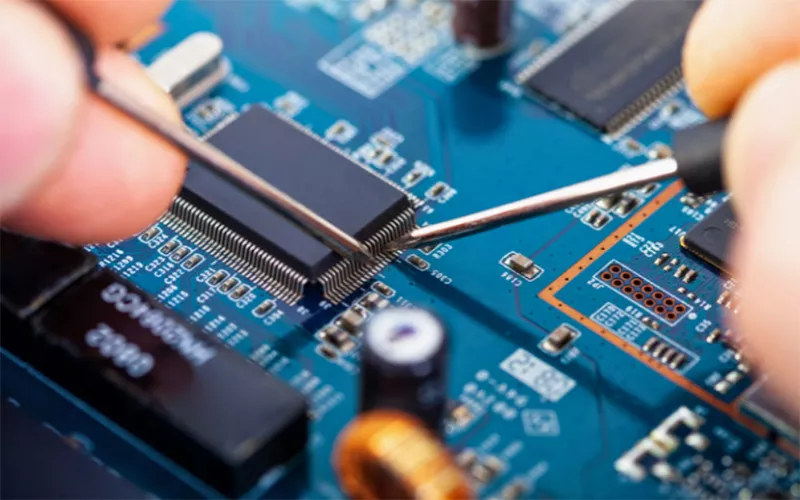
You would find ceramics in many places you would not expect, including in your day-to-day electronics requirements. Such materials are extremely crucial to smartphones, tablets, laptops, and smart home appliances functions and safety. Ceramic insulators will aid in preventing the heating and electrical glitches of internal circuits so that regular operations can be provided during prolonged periods. Chip resistors, capacitors, and antennas bases are among circuits components that are designed using the ceramics due to its accurate electrical characteristics.
Whether you enjoy the quality of a high-resolution screen, or connect a wireless charger, ceramics are a component of these features to make them possible. Bio-ceramics like zirconia have found application in medicine and this is evident in dental implants, hip replacement and other prosthetics where it is compatible with the human body as well as its durability in performance. They also reduce chances of rejection and provide better lifespan compared to most of traditional materials. Whether it is electronic accessories, medical equipment or other forms of technology, ceramics play an essential role in innovation, size reductions and making the technology you need more reliable.
Industrial Applications
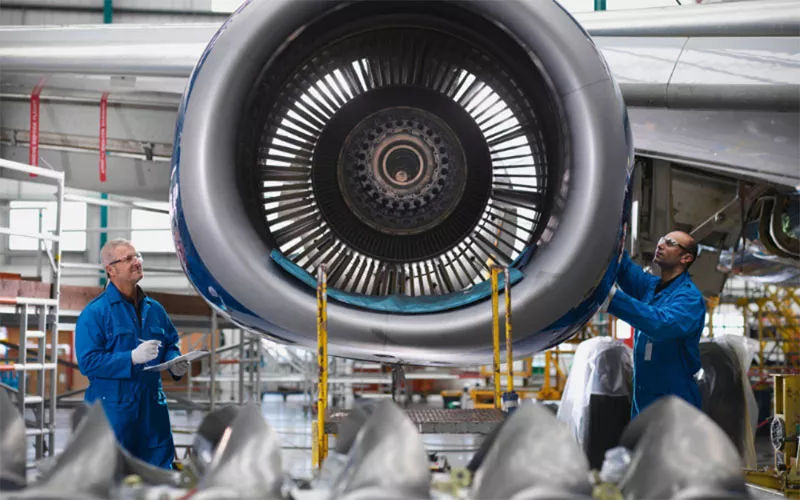
In industrial and scientific applications, ceramic materials surpass other materials. Working in the aerospace industry, you might rely on ceramic components like thermal barriers, heat shields and insulating tiles that can resist very high temperatures at launch or high velocity flight. Ceramic brake pads in the automotive industry are more resistant, have improved performance, and transfer heat efficiently compared to conventional braking mechanisms. Scientists use ceramic labware, including crucibles, tubes, and reaction vessels, in the experiments that involve a high level of temperature along with corrosive materials.
These tools do not change their shape or performance in demanding conditions and this results in precise, repeatable measurements. Ceramics also find application in water purification, chemical processing and even nuclear-powered systems. They clean fluids, provide structural rigidity and provide accuracy in delicate conditions. Owing to their corrosion resistance, high strength to weight ratios, and thermal stability, ceramics are an essential part of challenging professional use.
Cultural Significance
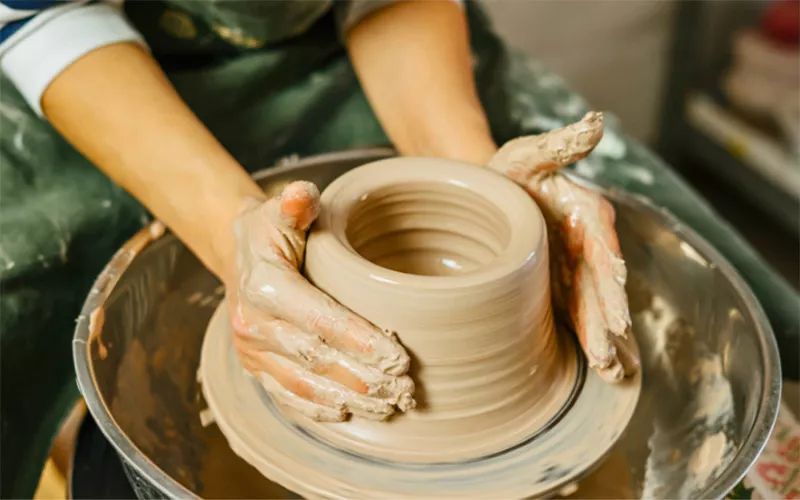
Ceramics is an ancient art form of expression. Throughout history, humans have created ceramic materials into the objects of utility and symbols of value. Pottery, such as ancient Greek amphorae and Chinese porcelain, or indigenous pottery tells the values, tales, and artistic expression of ancient civilizations. Nowadays, you may trace this legacy in museums, communal classes, and craft fairs.
Whether you are a collector of handmade ceramic mugs or as a potter learning how to make your own pottery, you are working with a craft that has been passed on through the years and one that is very creative. The artists employ different techniques like wheel throwing, hand building as well as glazing to create functional and decorative objects. As you take ceramic art to your house or in your encounters on the streets, you are engaged in a form of expression that has stood the test of time and has not stopped to be an inspiration to the world.
Conclusion
Ceramics are behind the scenes, working to enhance your life, whether you are cooking, making your house pretty, traveling to your work, and using digital devices. These multipurpose materials protect your electronics, offer cookware that does not cause any form of toxicity, and facilitate interior design as well as reliable infrastructure. The fact that they combine functionality and aesthetic value renders them important to both day-to-day use and technological development. With the ongoing changes in the industries and the shift toward sustainability in the society, ceramics will always be a pillar of modern innovation. Their reliability and flexibility will make them continue to define your world in the future.
FAQs
-
How do advanced ceramics differ with the traditional ceramics?
Advanced ceramics are specially designed to be stronger, better able to withstand high temperatures and to perform other industrial tasks, thus they are suited to high-performance applications.
-
What are the benefits of ceramics to the products I consume every day?
Ceramics increase the life, thermal resistance, safety, and energy stability of various products, such as cookware, electronic, and construction materials.
-
Is ceramic material eco-friendly?
Yes. Ceramic materials can be recycled, they are chemically stable and durable. They are usually applied in clean energy and sustainable construction projects.